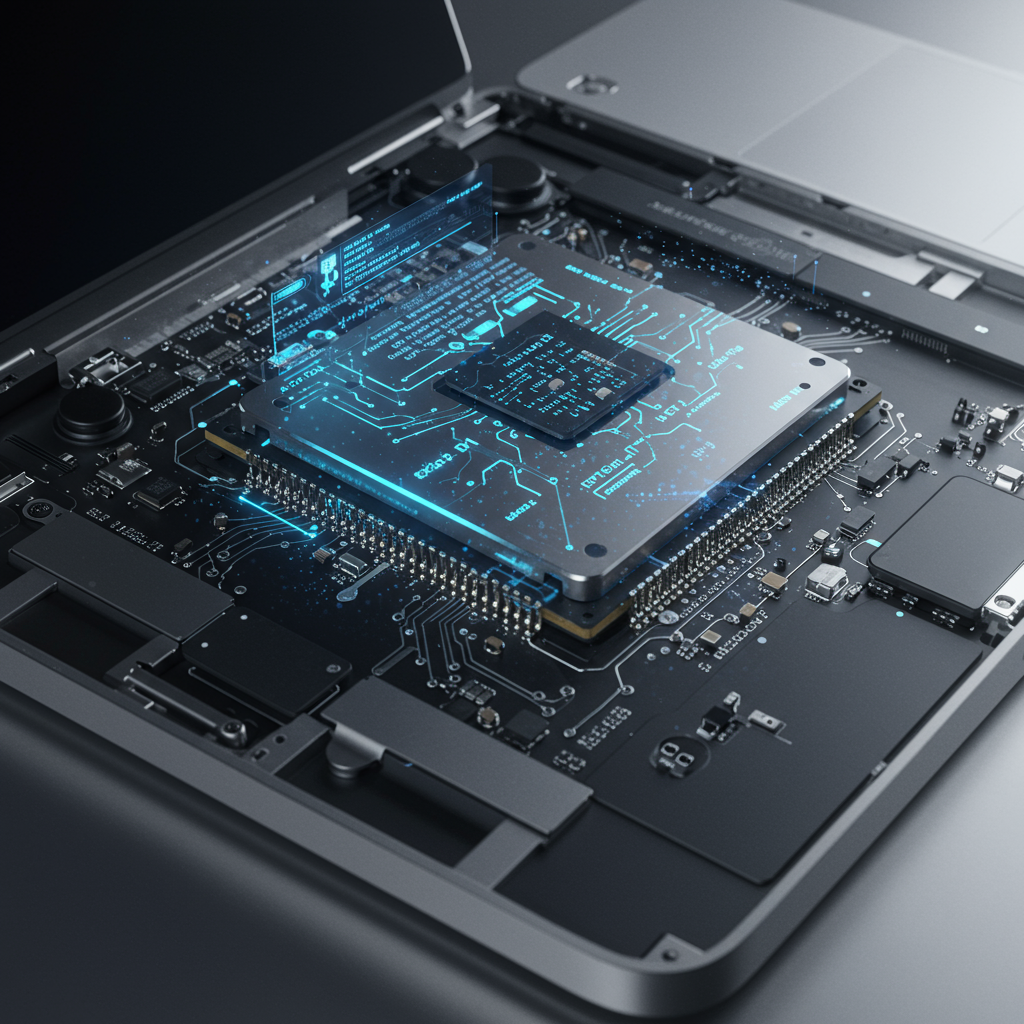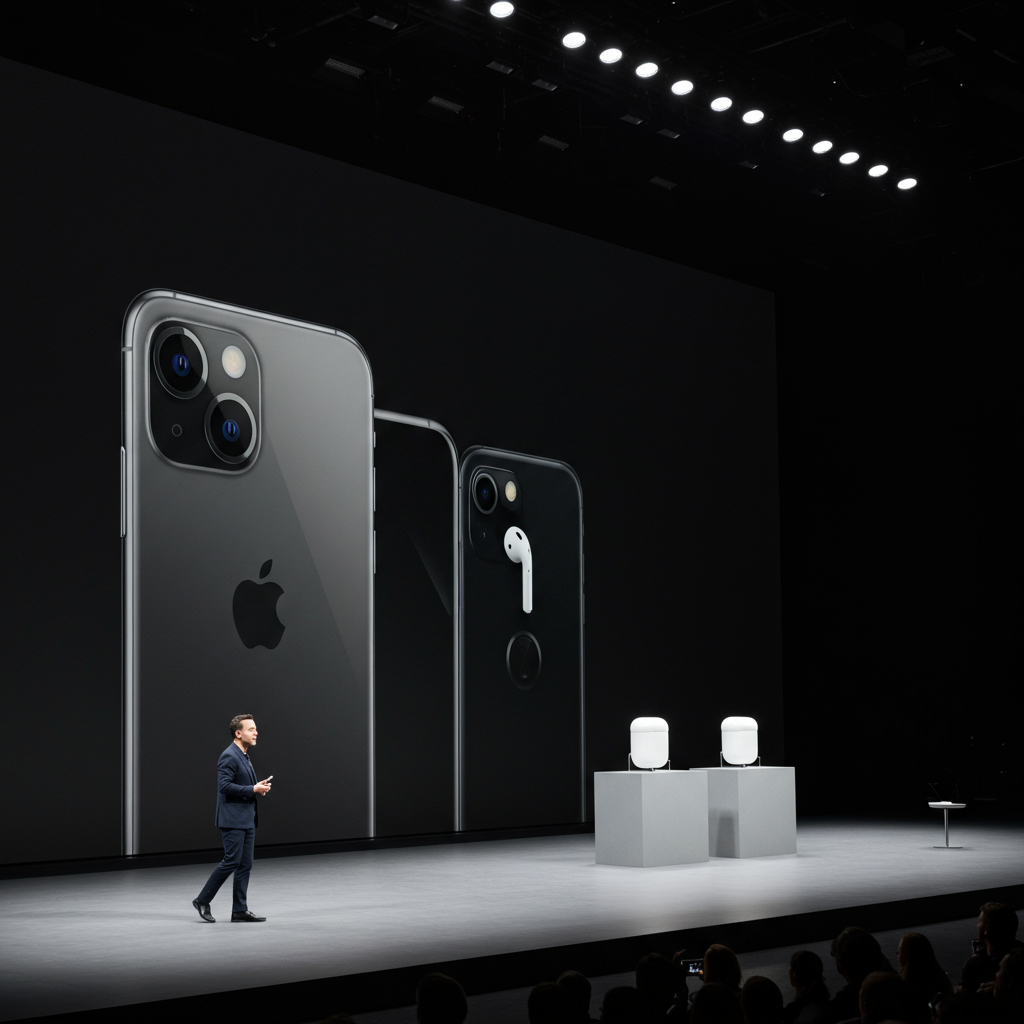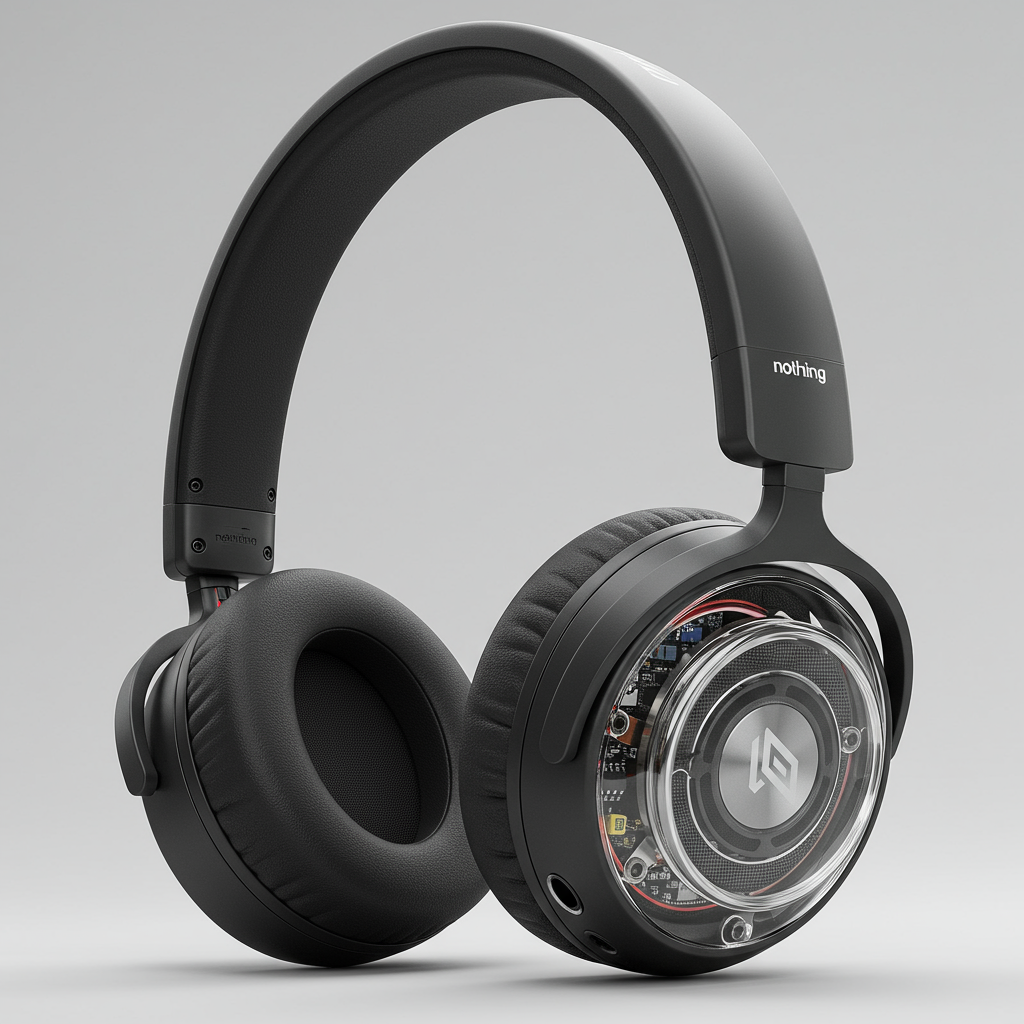Breaking news from the world of Apple hardware suggests a significant shift is on the horizon. Evidence discovered deep within apple’s backend code points toward the development of an entirely new macbook model. What makes this potential device particularly noteworthy? It appears to be powered by the A18 Pro chip, traditionally found in the latest iPhones, rather than the M-series silicon synonymous with modern Macs. This finding lends substantial weight to ongoing rumors about a forthcoming lower-cost MacBook aimed at expanding Apple’s laptop market reach.
Apple analyst Ming-Chi Kuo recently detailed expectations for an affordable MacBook featuring an iPhone chip. This new code discovery appears to provide the first concrete technical corroboration. MacRumors reportedly first spotted hints of this device last summer in code related to Apple Intelligence development, subsequently confirming its use of the powerful A18 Pro processor. The mysterious machine is identified in the backend system with the internal designation “Mac17,1.”
The A18 Pro MacBook: A New Era?
This “Mac17,1” identifier signals a potential departure from Apple’s established chip strategy for its laptops. Since the transition away from Intel processors, every Apple silicon-powered Mac, from the MacBook Air to the Mac Pro, has exclusively utilized chips from the M-series family – M1, M2, M3, M4, and their various Pro, Max, and Ultra iterations. These M-series chips are specifically designed for desktop and laptop computing, typically offering higher core counts, supporting larger capacities of unified memory, and providing more robust external display capabilities compared to their A-series counterparts.
The A18 Pro chip, in contrast, made its debut in the iPhone 16 Pro models just the previous year. Bringing an A-series chip into a MacBook would mark a historic first for the Mac lineup. This strategic choice is widely interpreted as a move to introduce a more accessible entry point into the Mac ecosystem, potentially targeting users who don’t require the full power of an M-series chip or those in budget-sensitive segments like students or emerging markets.
Why an iPhone Chip in a MacBook?
The primary driver behind using an A-series chip like the A18 Pro in a MacBook is believed to be cost reduction. The A18 Pro is already being mass-produced in high volumes for the iPhone lineup. Leveraging this existing, high-volume chip design could allow Apple to manufacture this new MacBook at a lower cost than models reliant on the more complex and perhaps lower-volume M-series production. This efficiency could enable Apple to price the rumored device below the current $999 starting point of the MacBook Air, positioning it as a true “lower-cost alternative.”
This isn’t just about performance; it’s about market strategy. For years, Apple hasn’t offered a laptop significantly below the MacBook Air’s price. Introducing an A-series Mac could tap into a new segment of potential customers, potentially helping Apple boost overall MacBook sales towards the peak levels seen during the pandemic era, which reportedly reached around 25 million units annually. Analysts predict ambitious sales targets of 5-7 million units for this specific model in 2026, reinforcing the expectation of aggressive pricing to achieve such volume.
Performance and Potential: AI Power
While the A-series chips are designed for mobile devices, the A18 Pro is a formidable processor. Reports suggest its performance could fall somewhere between Apple’s current M3 and M4 silicon. Specifically, it’s rumored to offer single-core performance comparable to the M4 and multi-core performance on par with the original M1 chip. This level of performance would be more than sufficient for common laptop tasks like web browsing, streaming media, managing email, using productivity suites (like Pages, Numbers, Keynote), and light content creation.
Crucially, the A18 Pro is equipped with a powerful 16-core Neural Engine. This component is optimized for machine learning tasks and is central to Apple’s burgeoning Apple Intelligence features. Integrating this chip into a more affordable MacBook could make advanced on-device AI processing and real-time Apple Intelligence capabilities accessible to a wider user base. This positioning suggests the A18 Pro MacBook could serve as a key vehicle for rolling out Apple’s AI initiatives across its hardware portfolio, potentially even acting as a testing ground for broader AI integration strategies.
However, it’s important to manage expectations. While capable, the A18 Pro, with its origins in mobile, may not match the peak multi-core performance, graphics capabilities, or memory expansion of higher-end M-series chips. This new MacBook is likely intended for light to moderate workloads and general computing, not demanding professional tasks like complex video editing, 3D rendering, or running multiple virtual machines that M-series Pro, Max, or Ultra chips excel at.
Design Clues and Timeline
In terms of physical design, the rumored A18 Pro MacBook is expected to feature a familiar 13-inch display size, akin to the current MacBook Air. While detailed design elements like port selection and keyboard type aren’t fully known, they are speculated to be similar to existing models. A potentially unique aspect, according to analyst reports, is the color palette. This new affordable MacBook could be offered in a range of vibrant colors, including silver, blue, pink, and yellow. This mirrors Apple’s strategy for other entry-level or more consumer-focused products like the standard iPad or the colorful M1 iMacs, likely aimed at appealing to a younger demographic or those seeking personalization.
Regarding availability, the timeline appears to be solidifying. Ming-Chi Kuo indicated that mass production for this new A-series MacBook is anticipated to commence late in the fourth quarter of 2025 or early in the first quarter of 2026. This production schedule situates a potential launch for the device squarely within the first half of 2026.
Overall, the discovery of the “Mac17,1” identifier in Apple’s code, coupled with corroborating analyst reports and the strategic implications of using an A18 Pro chip, paint a compelling picture of an exciting new direction for the Mac lineup. This potential budget-friendly, AI-capable MacBook could shake up the market and bring the Mac experience to a broader audience than ever before.
Frequently Asked Questions
What is the rumored A18 Pro MacBook and why is it significant?
The rumored A18 Pro MacBook is a new, potentially lower-cost laptop model from Apple that is expected to use the A18 Pro chip, typically found in iPhones, instead of the M-series chips used in current Macs. Its significance lies in being the first Mac to utilize an A-series processor, representing a strategic shift likely aimed at reducing costs and creating a more affordable entry point into the Mac ecosystem, potentially targeting students and budget-conscious users.
How is the A18 Pro MacBook expected to perform compared to existing models?
Performance estimates for the A18 Pro chip in a MacBook context suggest it could offer single-core performance similar to the M4 chip and multi-core performance comparable to the original M1 chip. This level is expected to be sufficient for everyday tasks like web browsing, office work, and streaming. While capable, it’s anticipated to be less powerful for demanding professional workloads compared to higher-end M-series chips. A key strength is its 16-core Neural Engine, optimized for Apple Intelligence features.
When is the low-cost A18 Pro MacBook rumored to be released?
Based on reports, mass production for the A18 Pro MacBook is projected to begin late in the fourth quarter of 2025 or early in the first quarter of 2026. This production timeline points towards a potential launch date sometime within the first half of 2026. Analyst sales targets for 2026 further support an early release in the year to meet high volume goals.
Conclusion
The recent discovery of a “Mac17,1” identifier utilizing the A18 Pro chip within Apple’s backend code provides intriguing technical backing for rumors of a low-cost MacBook powered by an iPhone processor. This potential device, expected to feature a 13-inch display and arrive in vibrant colors in the first half of 2026, signifies a notable strategic move for Apple. By potentially leveraging A-series chip efficiency and targeting a more accessible price point below the current MacBook Air, Apple could significantly expand its market reach while simultaneously bringing powerful Apple Intelligence features to a broader user base. While not intended for the most demanding tasks, this rumored A18 Pro MacBook could offer a compelling blend of performance, AI capability, and affordability, marking an exciting evolution for the Mac family.




